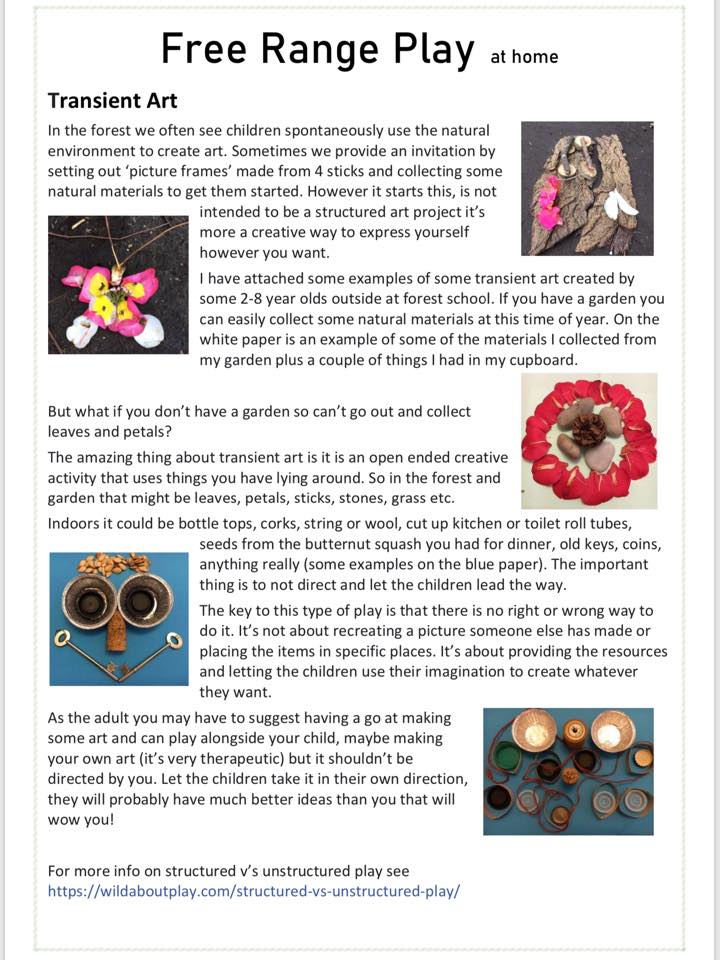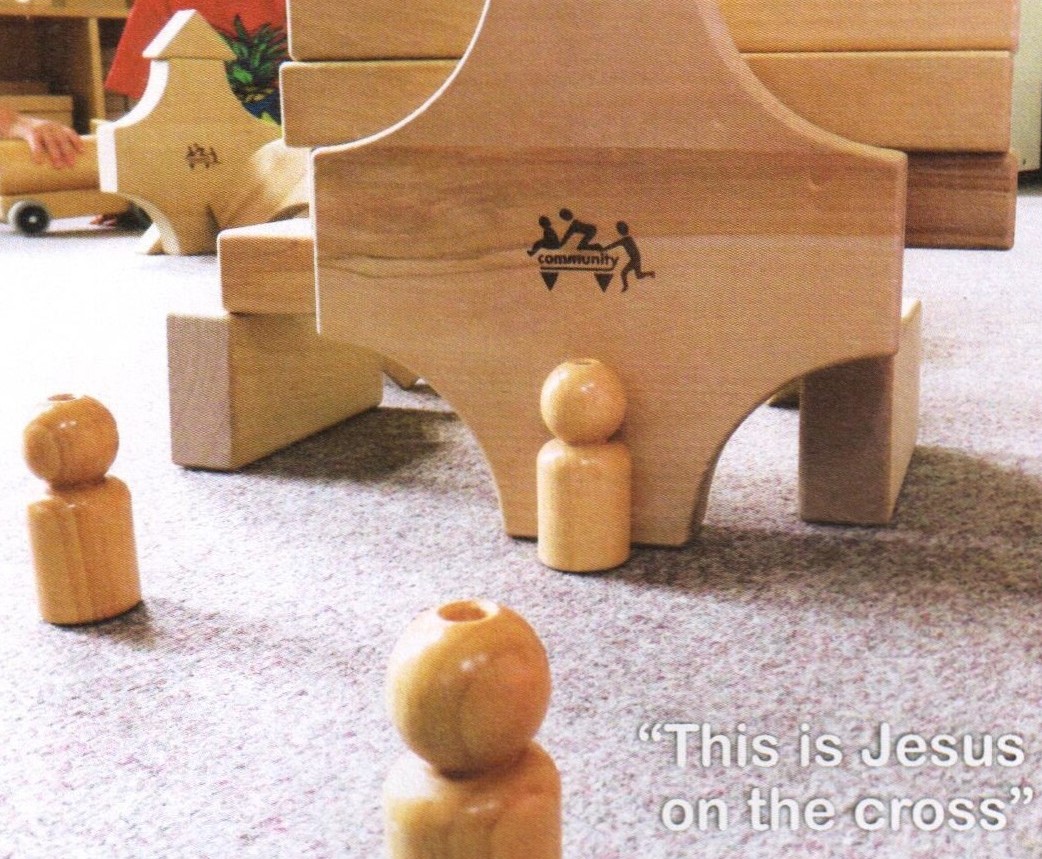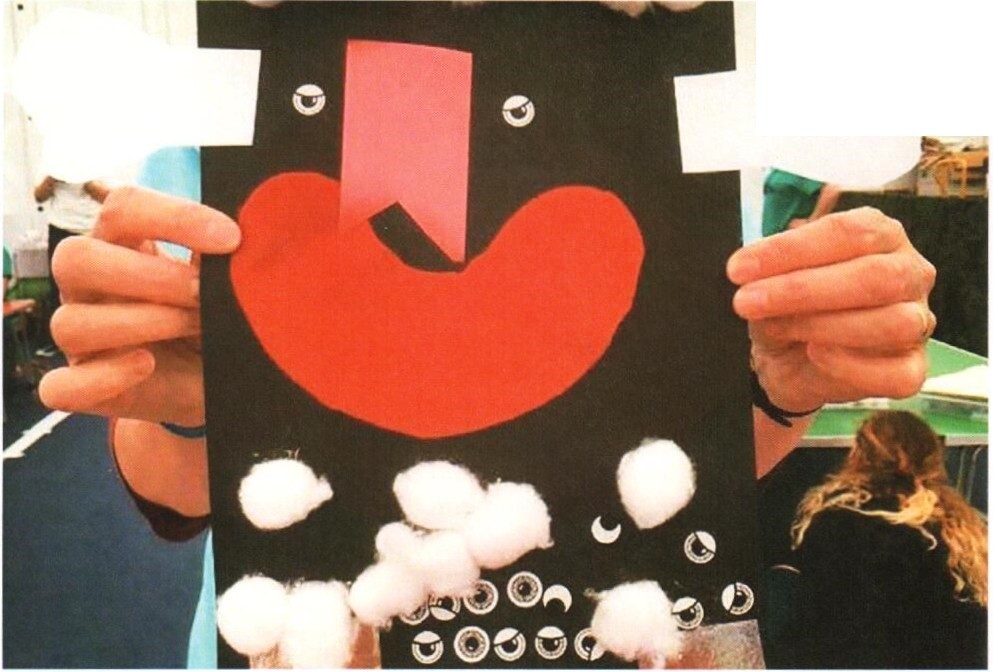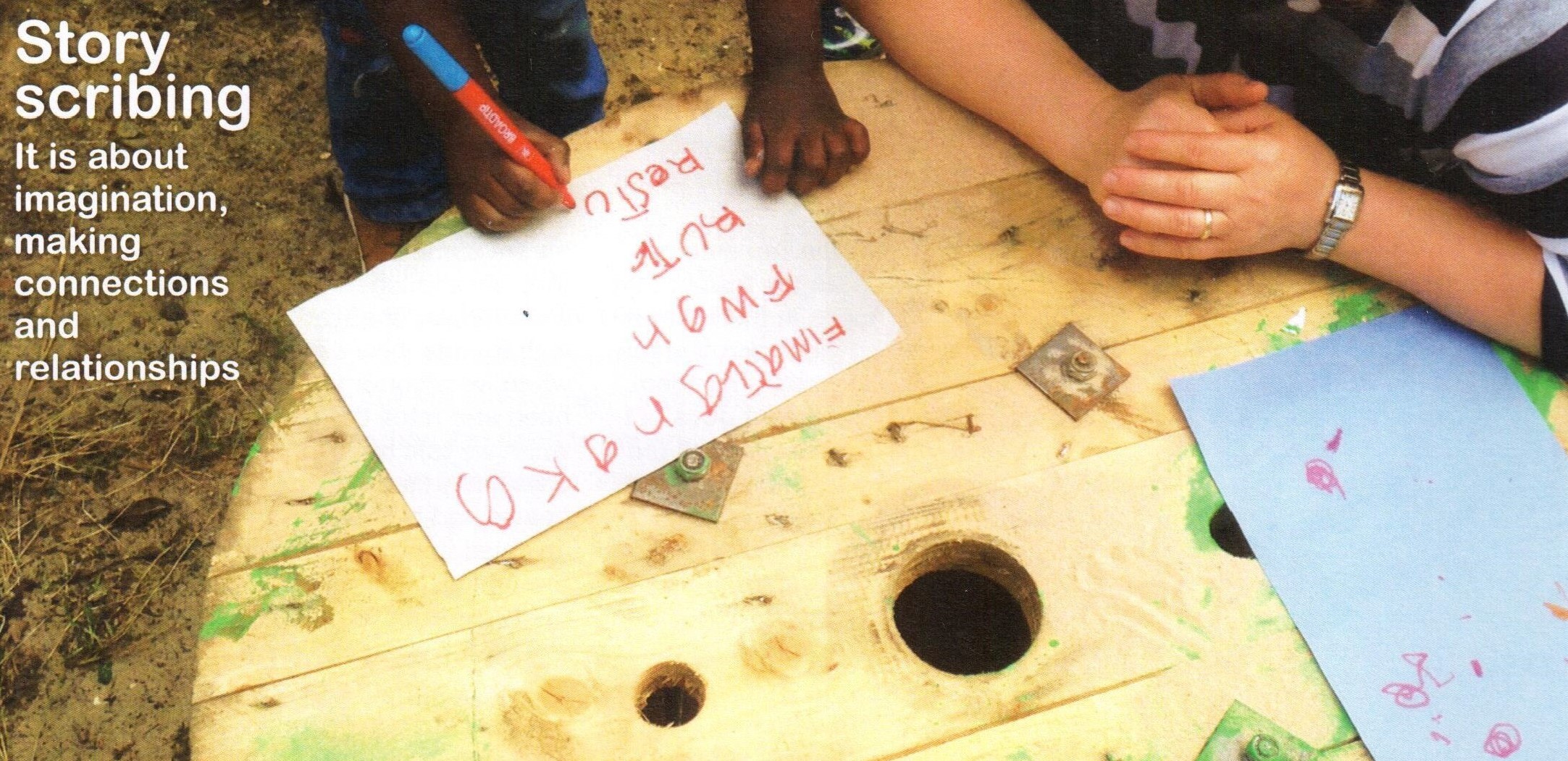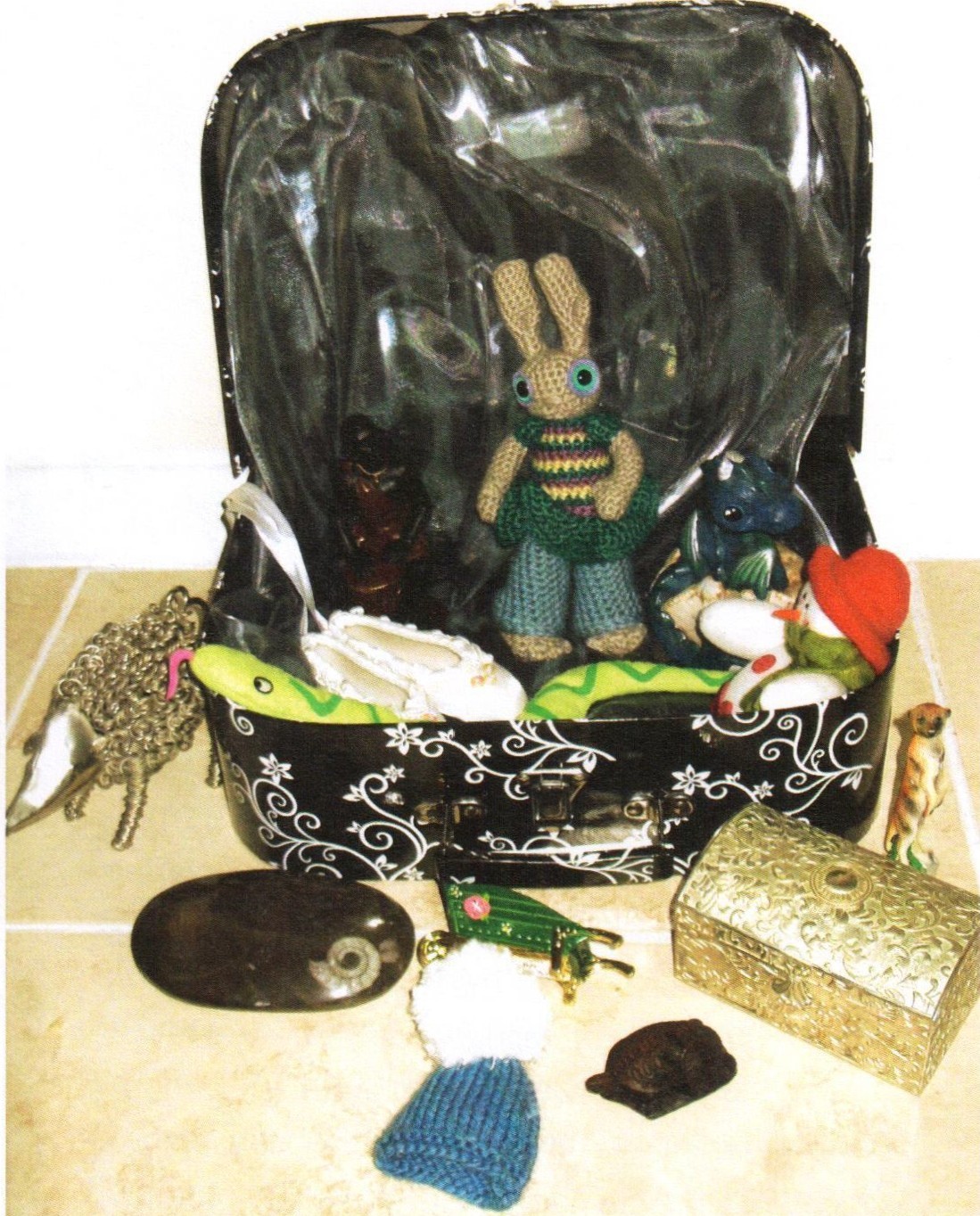
Definitions Let us start with a definition of ‘spirituality ‘ as I use it. When the 1944 Education Act was drawn up they used the word spirituality because they claimed that no one knew what it meant and therefore it could not be disputed. Many definitions have been given since. I think the simplest definition is: an experience of awe…

